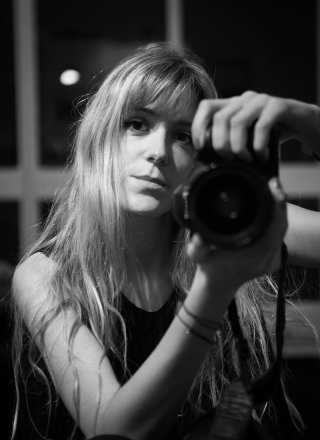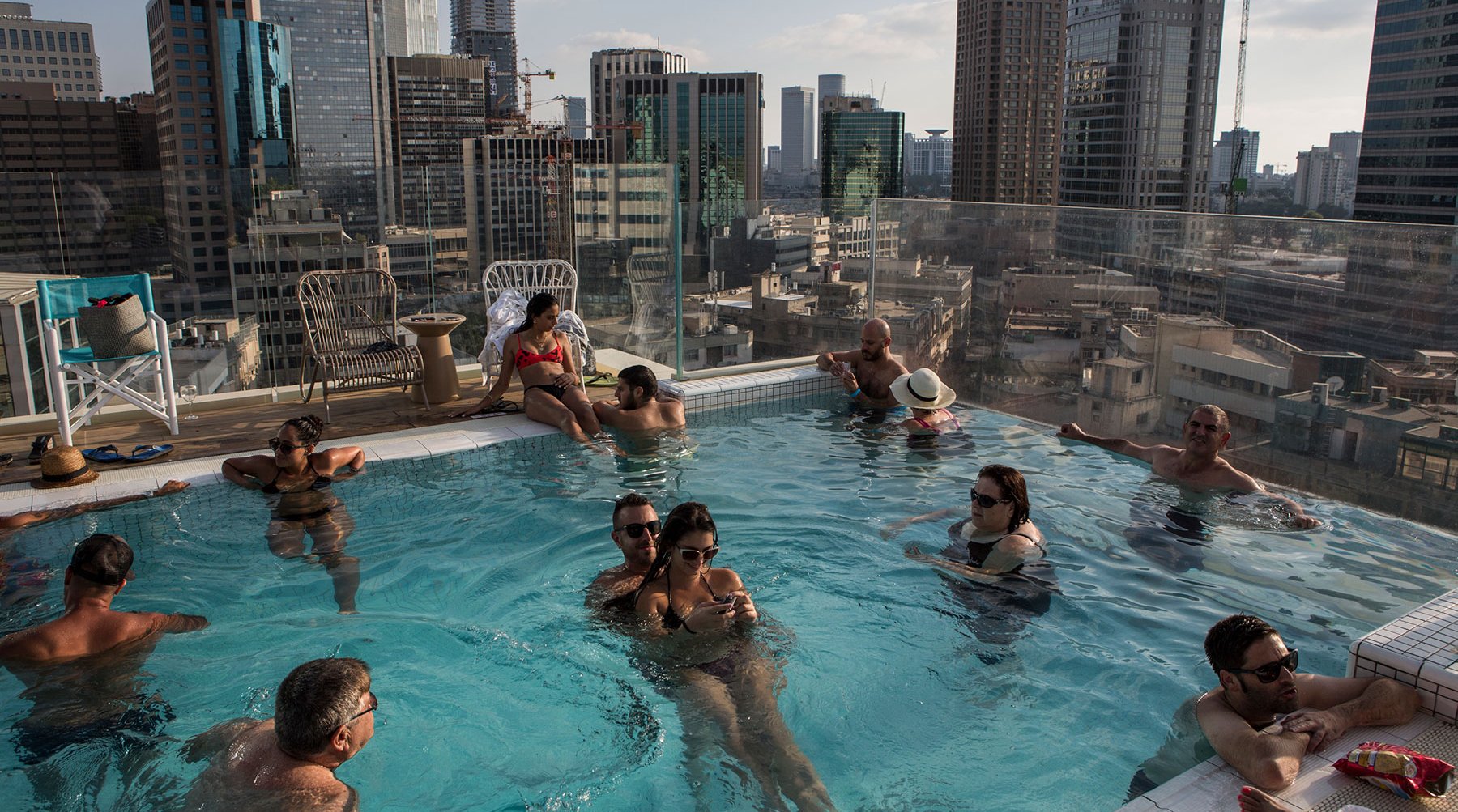
Troubled Waters (Israel and Palestine)
Laurence Geai
Sipa Press
Some wars can be waged without weapons, canon fire or armored vehicles, yet they still produce casualties, indirectly and with real effects.
The conflict over land between Israel and the Palestinians has been going on for almost 70 years, and there is further underlying tension over water, an essential resource for life in a region where certain areas are arid or even desert-like. The situation can be summed up in figures. According to a World Bank report, on average, an Israeli citizen has access to four times more water than a Palestinian. In the West Bank, the 450 000 Israeli settlers consume more water than the 2,3 million Palestinians. In practice the Israeli authorities control the water resources of the Gaza Strip and the West Bank.
In the West Bank, farming is hard hit by the scarcity of water, and in Area C (under full Israeli control) this means restrictions affecting everyday life. Some Bedouin communities have only 20 liters (5 gallons) per person per day (the WHO recommends a minimum of 100 liters), while Israeli settlers have 300 liters.
Every year, the Israelis destroy any unauthorized wells or water tanks set up by Palestinians. Water is not freely available to residents in the West Bank, except for the settlers who therefore have more flourishing farms.
Preview
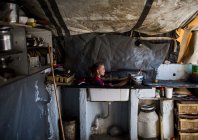
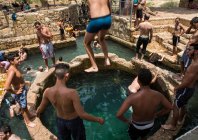
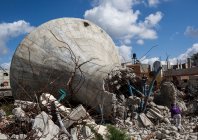
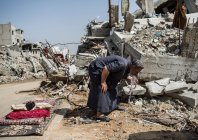
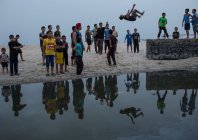

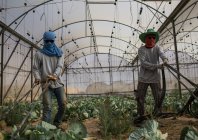
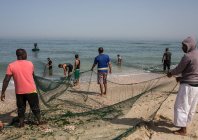
Some parts of the Jordan Valley have plentiful water resources, but water is diverted to supply the settlements or to Israel where 40% of the water consumed comes from the aquifer underneath the West Bank. In the Gaza Strip, the situation is even more critical: 96% of the water is not fit for human consumption because of pollution and the high salt content, one of the causes being that too much water is extracted upstream. To make things even worse, 30% of the water network infrastructure, 12% of wells and four wastewater treatment plants were damaged or destroyed during Operation Protective Edge in 2014. The effects on both health and farming have been dramatic.
NGOs provide some assistance, but the cost of water in the Gaza Strip can sometimes be six times higher for Palestinians than for Israelis, in particular for purchases of desalinated water which they have to buy from private dealers.
The water level of the great tourist attraction, the Dead Sea, has been going down by a meter a year because of volumes pumped from the Jordan River and the Sea of Galilee. Such inequality has inevitably caused further tension. The Israeli authorities maintain that they provide more water to the Palestinians than is required under the Oslo II Accord signed in 1995. Yet there are solutions. Israel has advanced technologies for water treatment and has the largest desalination plant in the world.
The report focuses on the inequitable allocation of water resources that have to be shared between Israel, the Gaza Strip and the West Bank.
Laurence Geai








